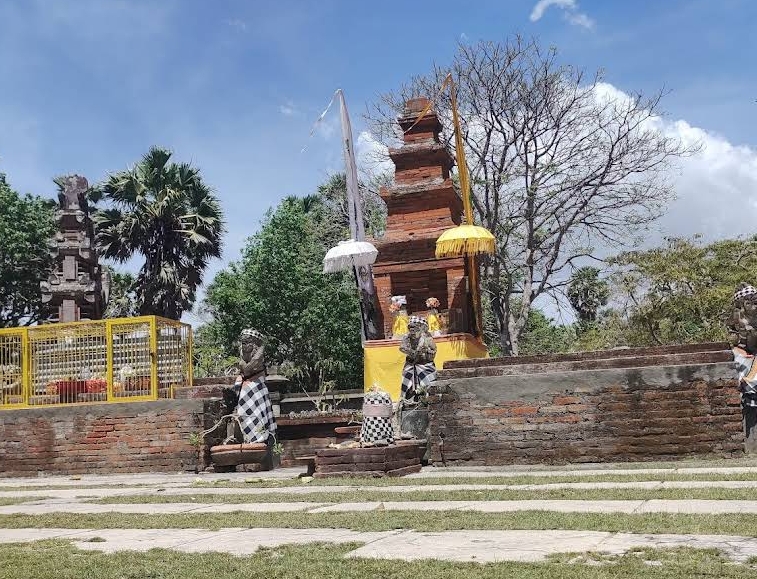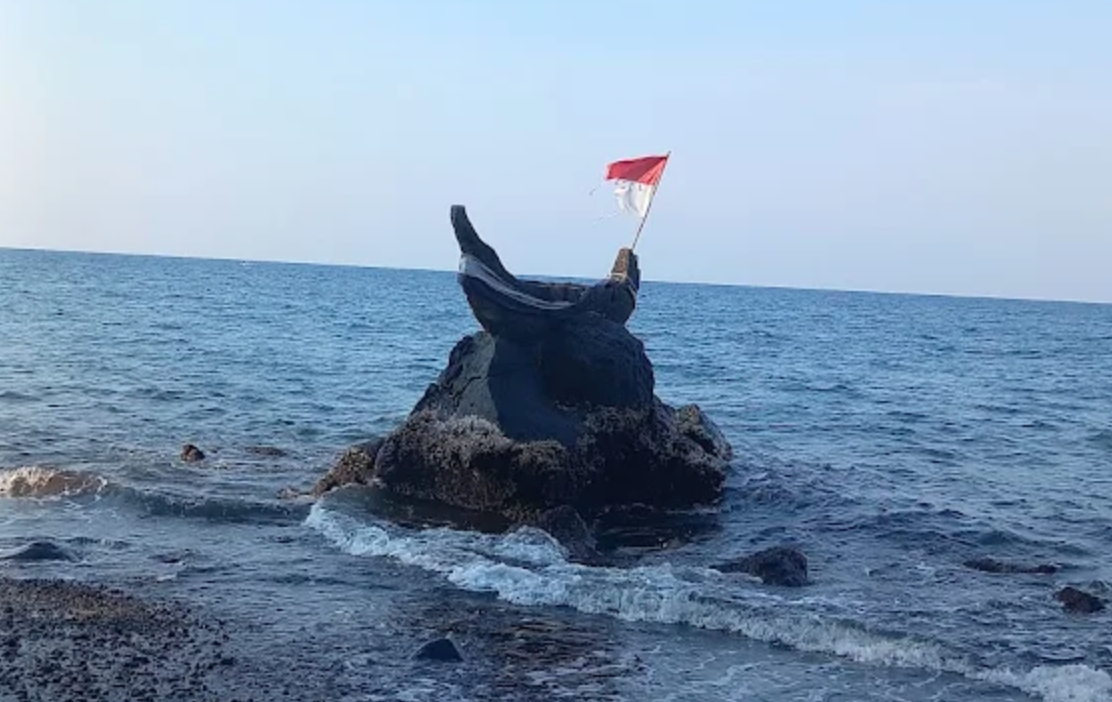Nestled deep within the protected forests of Gilimanuk, in Jembrana, Bali, Bakungan Temple stands as an architectural relic steeped in history and spirituality. This ancient temple, closely linked to the military conquests of the Majapahit Empire in the 14th century, bears a unique cultural and artistic influence—most notably, the enigmatic Portuguese cross motifs adorning its structure.
Strategically located near Gilimanuk Bay, Bakungan Temple is easily accessible, making it a significant waypoint for travelers and historians alike. Its origins trace back to the famed military campaign led by Gajah Mada, the formidable Majapahit prime minister, who successfully annexed Bali in 1343. As recorded in the lontar manuscript Pralina Puri Pecangakan Muah Bakungan Sangkaning Rajapisuna Jaran Banarana, the temple is believed to be associated with Arya Mekel Cengkong, a descendant of Patih Nambi who later ruled the Jembrana region.
Constructed in the 15th century, Bakungan Temple embodies the architectural grandeur of the Majapahit era, seamlessly blending Shaivite and Buddhist elements. The temple’s three-tiered structure—comprising the base, body, and roof—displays intricate stone reliefs, notably featuring the imposing figure of Kala at its base, an enduring symbol of protection and spiritual guardianship.
Perhaps the most captivating feature of Bakungan Temple is the presence of Portuguese cross motifs intricately carved into the temple’s central body. These symbols, uncommon in traditional Balinese temple design, suggest a fascinating narrative of cultural exchange between Bali and foreign traders or seafarers who navigated the Indonesian archipelago in centuries past. Some historians theorize that these motifs were integrated during restoration efforts in the colonial era, while others believe they were a deliberate inclusion by Majapahit artisans influenced by early maritime interactions with the West.
Crowning the temple is a tiered pyramidal roof that ascends in a diminishing formation, a characteristic trait of Javanese-Hindu architecture. Encircled by a sacred pond, the temple exudes an ethereal ambiance, serving as a sanctuary for meditation and spiritual pilgrimage. The presence of water around the temple reinforces its sanctity, drawing parallels to the classical mandala layout prevalent in Hindu-Buddhist temple design.
Over the centuries, Bakungan Temple has undergone multiple restoration phases to preserve its historical integrity. A major renovation in 1950 saw the use of cement and lime to reinforce deteriorating structures, while a 1993 conservation project, overseen by the Cultural Heritage Preservation Office, sought to maintain its original architectural essence.
Beyond its historical significance, Bakungan Temple remains a focal point for cultural and religious observances. It stands as the only temple in Western Bali built with Majapahit-style red bricks, attracting scholars, historians, and spiritual seekers eager to unravel its past. Enveloped by verdant forests, the temple offers an oasis of tranquility, where visitors can immerse themselves in Bali’s rich cultural tapestry and spiritual heritage.
For those venturing to Bakungan Temple, the experience transcends mere sightseeing—it is a journey through time, tracing the enduring legacy of Majapahit’s influence on Balinese identity. As one gazes upon the Portuguese cross motifs etched in stone, it serves as a silent testament to the island’s long and intricate history of conquests, migrations, and cultural interweaving—an artifact of the past, standing resolute in the ever-changing present. (BT)





